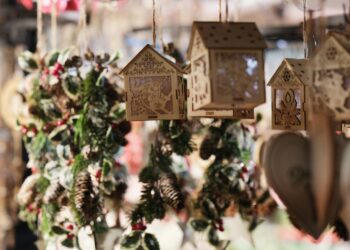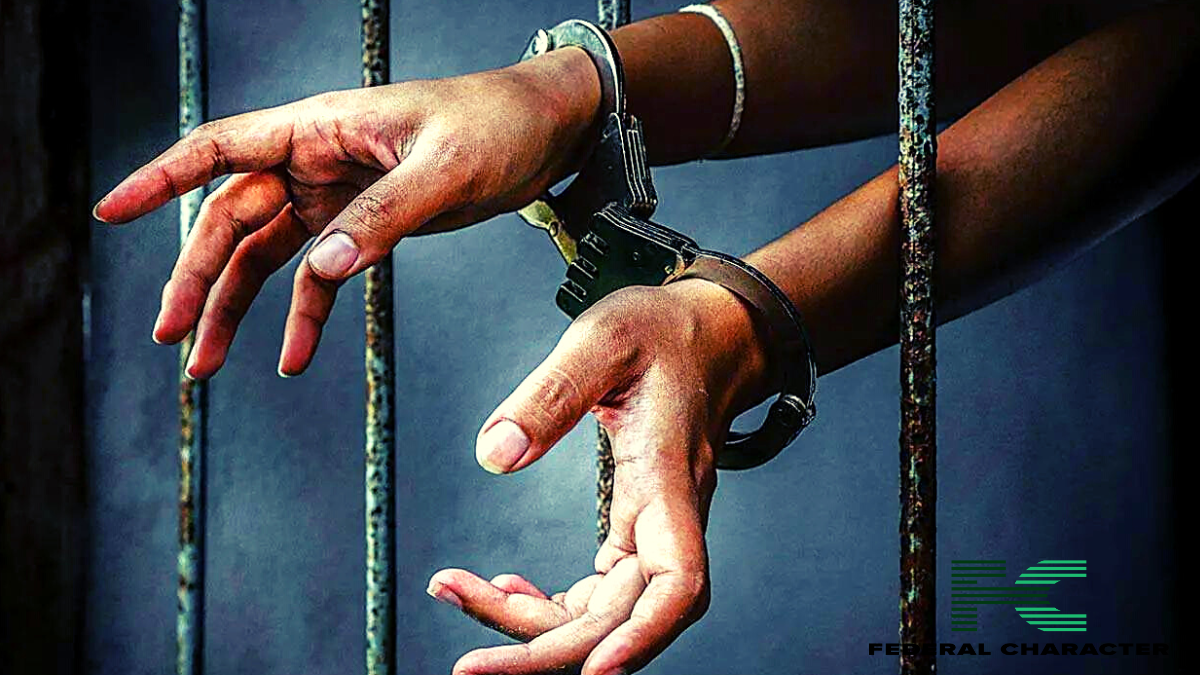In the United States, Halloween has evolved into a massive cultural and commercial event where fashion and beauty are central to the celebration.
The tradition of wearing costumes has its roots in the ancient Celtic festival of Samhain, where people lit bonfires and wore disguises to ward off spirits . This practice transformed over centuries. In the 1920s, costumes became more whimsical with fairies and clowns, and by the 1970s, the holiday was rebranded as an adult celebration, paving the way for the “sexy” costume trend, partly influenced by the gay community. Today, it’s a day of fantasy and exploration, a time when you can be anything from a niche fashion icon to a character from your favorite movie.
For many, Halloween is the pinnacle of sartorial expression. It’s a day that celebrates the very essence of fashion: identity, transformation, and storytelling. There’s a growing movement, particularly within online fashion communities, to move away from fast-fashion costumes and instead create looks from one’s own wardrobe. These costumes are often chic homages to fashion history, specific designers, or iconic runway moments, treating Halloween as a sacred ritual for sartorial worship.

A Tapestry of Global Traditions
While American-style Halloween is widespread, many cultures have their own unique holidays that honor the departed, each with distinct aesthetic and beauty practices.
In Mexico, the vibrant celebration of Día de los Muertos (Day of the Dead) on November 1st and 2nd transforms mourning into a colorful festival. The fashion and beauty are central to this observance, characterized by intricate face painting with skull motifs, elaborate costumes, and altars lavishly decorated with marigolds.
Traveling to the British Isles, we find the very origins of Halloween in the ancient Celtic festival of Samhain. The traditions of bonfires and “guising”— the early precursor to trick-or-treating where children performed for treats—were born here, alongside the enjoyment of traditional foods like the fortune-telling barmbrack fruitcake.
In the Philippines, a more solemn yet poignant tradition exists called Pangangaluluwa. On All Saints’ Day, children often dress in simple white sheets and go door-to-door, not for candy, but to sing and ask for prayers or small offerings for the souls in purgatory.
Meanwhile, Japan has adopted a uniquely modern interpretation of the holiday. You’ll find less traditional trick-or-treating and a greater emphasis on high-quality, adult-focused cosplay. The celebration manifests in spectacular street parties and even famously chaotic, themed “Halloween trains,” where commuters showcase their elaborate costumes .
In Italy, the focus shifts to La Festa di Ognissanti (All Saints’ Day). This is a time for families to gather, visit the graves of loved ones to clean and decorate them, and exchange gifts. The beauty of the tradition is also tasted in the form of “Fave dei Morti” (Beans of the Dead), special cookies baked and offered as a symbolic gesture to the departed.

The Resistance
The global spread of Halloween has not been universally welcomed. The resistance often stems from deeper cultural, religious, and political concerns.
In many nations, Halloween is seen as conflicting with local religious beliefs. In Russia, the powerful Russian Orthodox Church has opposed the holiday, viewing it as a threat to traditional spiritual values, leading to restrictions in schools and public institutions. Similarly, in Saudi Arabia, the Committee for the Promotion of Virtue and the Prevention of Vice enforces a comprehensive ban, viewing Halloween as promoting paganism and contradicting Islamic principles.
For some countries, pushback against Halloween is a form of cultural protectionism. It is perceived as a symbol of American cultural imperialism that can dilute local traditions. This has led countries like Jordan to prohibit Halloween celebrations in schools to safeguard national identity, while simultaneously promoting and funding traditional Arab and Islamic festivals as alternatives.
Another point of contention, even within the U.S., is the use of stigmatizing costumes. Costumes that portray “psychos” or “mental patients,” or attractions based on “insane asylums,” perpetuate damaging stereotypes about mental illness. Mental health advocates emphasize that these depictions are not harmless fun; they reinforce stigma and can prevent people from seeking help.
The Beauty of the Afterlife
The global traditions that honor the dead reveal a beautiful diversity in how cultures approach aesthetics in the face of mortality.
- In Haiti, the Voodoo celebration of Fet Gede is a vibrant street festival where participants dance to commune with the dead, creating an atmosphere described as a mix of Mardi Gras and Día de los Muertos.
- During China’s Hungry Ghost Festival families lay out food and incense and leave a seat at the table for departed ancestors, blending ritual with remembrance.
- In Italy and France, the early November holidays are more solemn. The French observe La Toussaint (All Saints’ Day) by visiting cemeteries to place chrysanthemums on graves, while in Italy, it’s a time for family and leaving offerings of special “beans of the dead” cookies.
Halloween and its global counterparts are more than just holidays; they are powerful, living expressions of culture. They show us how beauty and fashion can be used to confront death, celebrate life, and explore the many facets of our own identity.

















